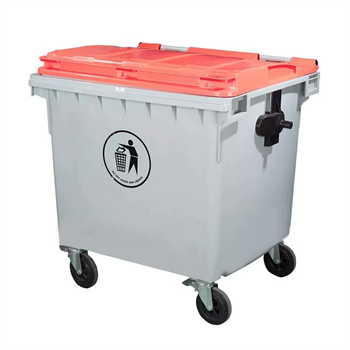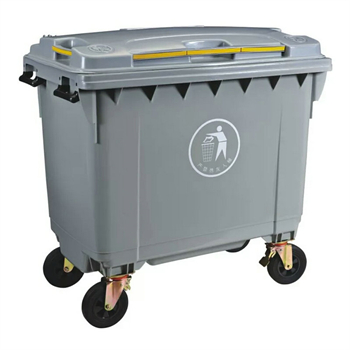Classification of medical waste:
1. Infectious waste refers to medical waste that carries pathogenic microorganisms and has the risk of spreading infectious diseases, including items contaminated by patients’ blood, body fluids, and excreta, and garbage generated by patients with infectious diseases;
2. Pathological wastes refer to human wastes and medical experimental animal carcasses generated during diagnosis and treatment, including waste human tissues generated during surgery, human tissues discarded after pathological sections, pathological wax blocks, etc.;
3. Injury waste refers to discarded medical sharps that can stab or cut the human body, including medical needles, scalpels, scalpels, glass test tubes, etc.;
4. Pharmaceutical waste refers to obsolete, obsolete, spoiled or contaminated waste drugs, including discarded general drugs, discarded cytotoxic drugs and genotoxic drugs, etc.;
5. Chemical waste refers to waste chemicals that are toxic, corrosive, flammable and explosive, such as waste chemical reagents, chemical disinfectants, mercury sphygmomanometers, mercury thermometers, etc. General chemical reagents and disinfectants discarded from the laboratory are discharged into the sewer.








